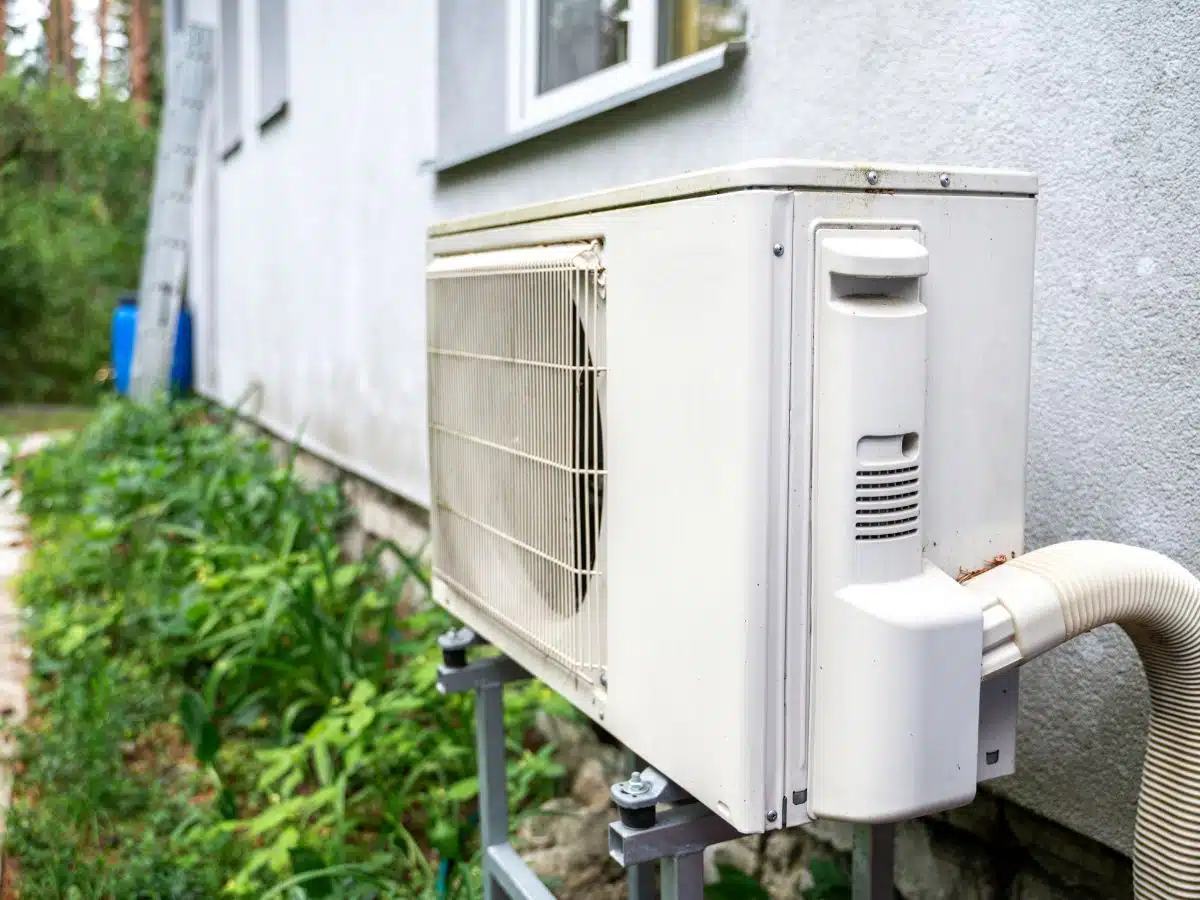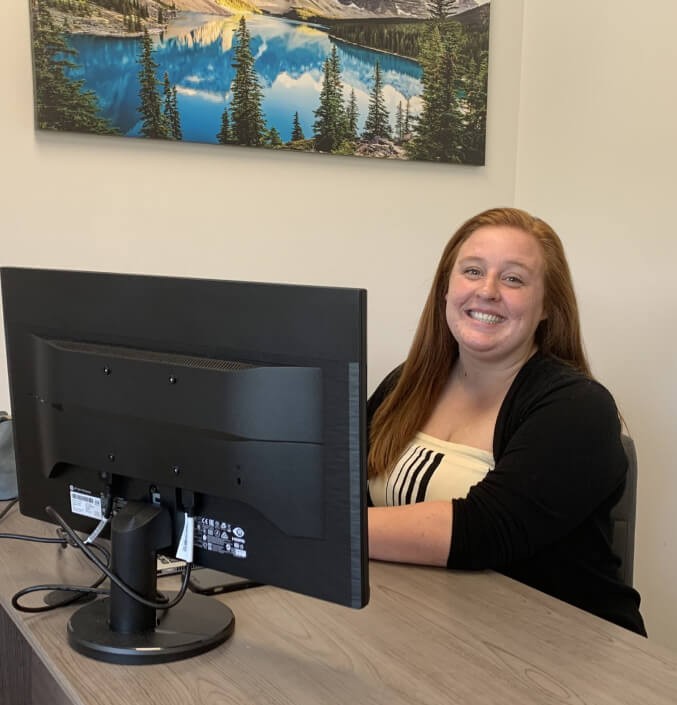A heat pump becomes your home’s best friend as winter’s chill sets in. It works tirelessly to keep your home cozy and comfortable. Yet, many homeowners might not be familiar with one of its essential features — the defrost cycle.
This ingenious feature ensures the system runs efficiently, even when Jack Frost is nipping at your nose.
This article will discuss all the information you need about the heat pump defrost cycle—how it works, why it’s important, and tips to ensure it’s functioning optimally in your home throughout the coldest months.
What is a heat pump?
Before discussing the specifics of the defrosting cycle, let’s examine how a heat pump works.
The heat pump is a system designed to heat and cool your living spaces, depending on the season’s needs. It pulls heat from the air or ground outside your home and transfers it indoors during colder months or reverses the process to expel indoor heat outside during warmer periods.
This dual functionality offers an efficient alternative to traditional central heating, furnaces, and air conditioning systems. It reduces overall energy consumption and monthly bills, making it an environmentally friendly choice for those also looking to lower their utility costs.
However, in colder weather, frost can build up on the outdoor unit, reducing efficiency by blocking airflow.
To combat this, modern heat pumps have a defrost cycle that activates in freezing temperatures, helping to melt ice buildup to maintain optimal operation. But how does this defrost process work? Let’s take a closer look.
How does the heat pump defrosting cycle work?
When the heat pump detects frost or ice on its evaporator coils, it activates defrosting. This process reverses the refrigerant flow, causing the hot refrigerant to flow through the outdoor coils and melt any accumulated ice or frost. The melted water drains away, allowing the heat pump to resume regular operation.
Key Components
- Defrosting Thermostat: This thermostat senses the temperature of the outdoor coil and initiates its defrost cycle when frost buildup is detected.
- Reversing Valve: This valve changes the direction of the refrigerant flow, as it’s essential to temporarily switch the heat pump to air conditioning mode during every defrost cycle.
- Auxiliary Heat: Provides backup heating to the home during the defrosting cycle to maintain comfort levels indoors.
Not all heat pumps have the same defrost settings; some use adaptive cycles, adjusting timing based on outdoor conditions to save energy.
How long does each cycle last?
The length of each cycle can vary depending on several factors, including outdoor temperature and humidity levels. Typically, the cycle lasts 5 to 10 minutes.
However, if the outdoor temperature or humidity levels are extremely low, the heat pump defrosting cycle may last longer to ensure all ice and frost are melted from the coils.
How often does every defrost cycle occur?
The frequency of the heat pump’s defrost cycle can vary depending on environmental conditions. Generally, it will defrost less frequently than every 30 minutes when operating in heating mode.
However, if there is significant ice or frost buildup on the outdoor coils, each cycle may occur more often. Once it is complete, the heat pump will resume regular operation and continue heating your home efficiently.
Signs your heat pump system needs defrosting
In the chilly depths of winter, the heat pump tirelessly keeps your home warm and cozy. However, even the most efficient systems can encounter frost-related issues.
Here are a few key signs to watch out for:
- Ice on the outdoor coil: If you see a thick layer of ice on the coil, the defrost cycle might not work, and the coil must be cleared of ice.
- Heat pump isn’t defrosting: If the outdoor coil stays frosted for a long time, its defrost cycle may have stopped working, and the system can’t melt the ice.
- Compressor is shutting off during the defrost: This can happen if the defrost control board is broken or there are problems with the compressor, fan motor, or refrigerant levels.
- The defrost control board is overheating: When the defrost control board fails, it can make the heat pump overwork, causing the board to overheat and burn out.
- Irregular or too many defrost cycles: Heat pumps should defrost every 30-90 minutes as needed, lasting about 5-15 minutes each cycle. If the defrosting cycles are too frequent or too long, there might be a problem.
- Reduced heating or warm air during the defrost: If the defrosting cycle isn’t working properly, you might notice the indoor air feels cooler, or the heat pump isn’t heating enough.
How do you troubleshoot defrost cycle issues?
If you notice a faulty cycle that occurs too often or lasts for an extended period, it could indicate a problem within your heat pump system. Timely troubleshooting of this problem is essential to ensure the heat pump works properly, preventing damage and ensuring efficient operation.
Here are a few common troubleshooting tips:
- Check for any obstructions around the outdoor unit that may prevent proper airflow.
- Ensure the fan is running correctly and that no strange noises are coming from the unit.
- Check for any refrigerant leaks or low levels, as this can affect the heat pump’s ability to defrost properly.
- Ensure the outdoor temperature is above 40 degrees Fahrenheit, as the heat pump will struggle to defrost if it’s too cold outside.
- Clean or replace dirty air filters, as this can also affect airflow and cause issues with the defrosting cycle.
If you have checked all of these troubleshooting steps and the issue persists, it may be time to contact the professional HVAC technician at Anderson Air for heat pump repair service. Our team can diagnose and fix any heat pump defrost mode issues.
Maintenance tips for optimal performance of your heat pump
Regular maintenance ensures it stays defrosted and performs effectively. To prevent common troubleshooting issues that could impede the heat pump’s defrost cycle, consider the following maintenance tips:
- Schedule annual HVAC maintenance with a professional HVAC technician to ensure all heat pump components, including the defrost switch and controls, function correctly and your system runs smoothly.
- Regularly replace or clean your filters every few months or according to manufacturer recommendations.
- Ensure the outdoor unit remains free from obstructions, such as foliage or tree limbs.
- Check and clean the outdoor coils when necessary to ensure proper airflow.
- Monitor and adjust thermostat settings as needed for seasonal changes.
To prepare your unit for the season, call Anderson Air!
Understanding a heat pump’s defrost cycle and engaging in proactive maintenance are crucial steps for ensuring the longevity and efficiency of your HVAC system.
Contact Anderson Air’s skilled professionals if you have any questions or concerns or need assistance with maintenance checks or HVAC and heat pump repairs. Our team is here and ready to provide you with resources, advice, and the top-notch service that has made us a trusted name in the industry.
With Anderson Air by your side, you can guarantee comfort throughout the winter and summer. Experience our unmatched service excellence and be confident, knowing your comfort is in professional hands.
Don’t wait until the chill sets in – contact us today and let us help you prepare for the winter season!




